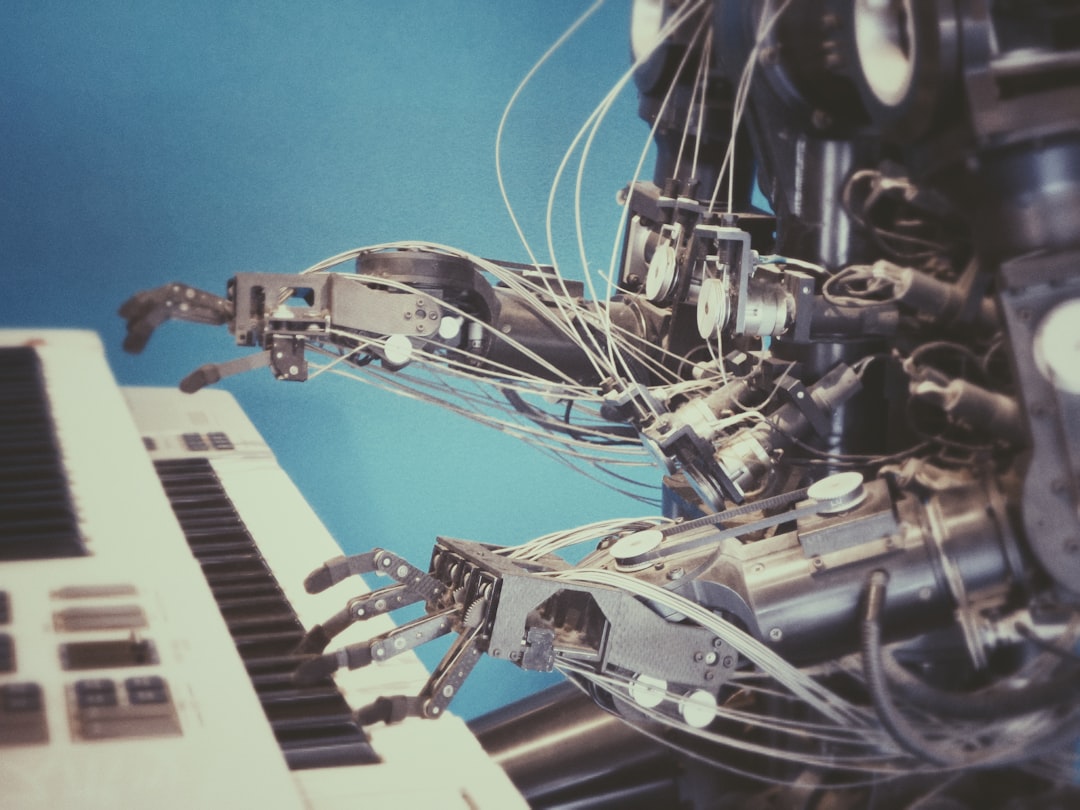Artificial Intelligence (AI) has come a long way since its inception, revolutionizing various industries along the journey. One significant development in AI is the rise of generative AI, which utilizes advanced neural networks to create new and innovative content. In this article, we will explore the recent advancements in generative AI and its impact on art, music, and design. We will delve into the history of AI, its evolution towards generative AI, the current state of generative AI technologies, and the potential future applications of this groundbreaking technology.
The Evolution of AI: From Rule-Based Systems to Generative AI
AI has undergone a remarkable transformation over the years. Initially, AI systems relied on rule-based programming, where predefined rules were used to solve specific problems. However, this approach had limitations in handling complex tasks that required creativity and intuition. With advancements in machine learning and deep learning, AI systems evolved to learn from data and make predictions without explicit programming. This paved the way for generative AI, enabling computers to generate new and unique content.
Use Cases in Art, Music, and Design
Generative AI has opened up exciting possibilities in the realms of art, music, and design. Artists, musicians, and designers now have access to powerful tools that can assist them in creating original and captivating works. Let's explore some of the use cases of generative AI in these creative domains:
Art
Generative AI has become a valuable tool for artists, allowing them to explore new artistic styles, generate novel compositions, and even create interactive artworks. Artists can train generative AI models on vast datasets of artwork, enabling the system to learn patterns, styles, and techniques. The AI model then generates new artwork based on this learned knowledge, offering artists fresh sources of inspiration and expanding the boundaries of creativity.
Music
Generative AI has transformed the music industry by enabling musicians and composers to generate original compositions, experiment with new sounds, and even create virtual instruments. With generative AI, musicians can train models on vast libraries of music, learn complex musical patterns, and compose new melodies and harmonies in line with various genres and emotions. This technology opens up endless possibilities, pushing the boundaries of musical innovation.
Design
In the world of design, generative AI has become a powerful tool for creating visually stunning graphics, logos, user interfaces, and architectural designs. Designers can leverage generative AI to explore different design variations, optimize layouts, and generate personalized designs based on user preferences. By automating repetitive design tasks, generative AI frees up designers' time, allowing them to focus on more strategic and creative aspects of their work.
Advanced Generative AI Technologies
Several advanced generative AI technologies have emerged in recent years, empowering creatives with unprecedented capabilities. Some notable examples are:
StyleGAN: StyleGAN is a popular generative AI model known for its ability to generate high-quality images with impressive realism and diversity. It allows artists to control various aspects of the generated images, such as style, resolution, and object attributes.
Magenta: Magenta is a research project by Google that explores the intersection of AI and music. It offers a range of tools and models for generating music, including melody generation, music transcription, and automatic accompaniment.
RunwayML: RunwayML is a platform that provides creatives with a user-friendly interface to experiment with generative AI models. It offers a wide range of models for various creative applications, allowing artists and designers to bring their ideas to life easily.
Impact and Future Applications
Generative AI has already made a significant impact on art, music, and design. Artists have used generative AI to create thought-provoking artworks, musicians have composed new pieces using AI-generated melodies, and designers have produced visually striking designs through AI-assisted tools. The intersection of AI and creativity has democratized the creative process, enabling individuals from diverse backgrounds to explore their artistic potential.
Looking ahead, the potential applications of generative AI are vast. We can anticipate advancements in AI systems that can collaborate with artists, musicians, and designers, acting as intelligent assistants to enhance the creative process. Generative AI could also be used to develop immersive virtual reality experiences, generate personalized advertising campaigns, or even assist in architectural design. The possibilities are limited only by our imagination and the continued advancement of generative AI technologies.
In conclusion, generative AI is revolutionizing the fields of art, music, and design by empowering creatives with new tools and capabilities. Artists, musicians, and designers can leverage generative AI to explore new frontiers of creativity, pushing boundaries and unlocking untapped potential. As we embrace these recent advancements, it is crucial to continue fostering ethical and responsible use of generative AI to ensure a future where humans and AI coexist harmoniously, driving innovation and progress.
